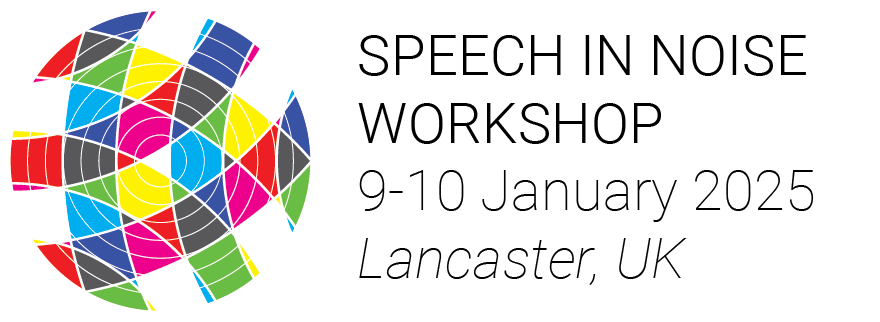P68Session 2 (Friday 10 January 2025, 09:30-11:30)Using a lateralisation task to predict asymmetries in spatial release from masking in children with bilateral cochlear implants
Background: Binaural hearing is crucial to everyday listening, and yet, the functional performance of children with bilateral cochlear implants is usually assessed for each ear separately. One reason for this may be space and equipment limitations affecting clinics. The BEARS project has developed clinical tools that require only a pair of headphones and a tablet to deliver spatial speech-in-noise testing. This toolkit includes, among others, a virtual-audio version of the Spatial Speech-in-Noise Test —the SSiN-VA — and a centralisation task (i-Balance app) using narrow-band noise and wide-band stimuli consisting of speech-shaped noise and a non-language specific speech-like stimulus. These tests are being used in 11 UK-based hospitals to assess children involved in BEARS.
Rationale: SSiN-VA provides word-identification scores for each hemifield when the noise source is either on the same hemifield as the speech or on the opposite hemifield. An index of word identification is calculated for each hemifield, considering performance for each noise location. Asymmetries in these indexes across hemifields are thought to capture asymmetries in spatial release from masking. Differences in sound level across ears in the Balance app are thought to indicate lateralisation bias. We explored whether the average level difference across ears in the lateralisation task predicted the degree of asymmetry in the SSiN-VA task for one hundred and seven children who completed their baseline session.
Methods: 107 children with bilateral cochlear implants, aged 8-16 years, completed the Balance app task followed by the SSiN-VA task. Tests were presented using a table and headphones using spatialised stimuli. An index for each hemispace for the SSiN-VA and the average balance point across stimuli were calculated.
Results: A small significant correlation was found between the word identification index ratio, which characterises SSiN-VA asymmetry, and the Balance app average outcomes (S = 156550, p = 0.016, ρ = 0.233).
Conclusions: Although there seems to be a relationship between the test outcomes, further work is needed to optimise Balance to predict SSiN-VA at an individual level, as it would be required for clinical applications.

